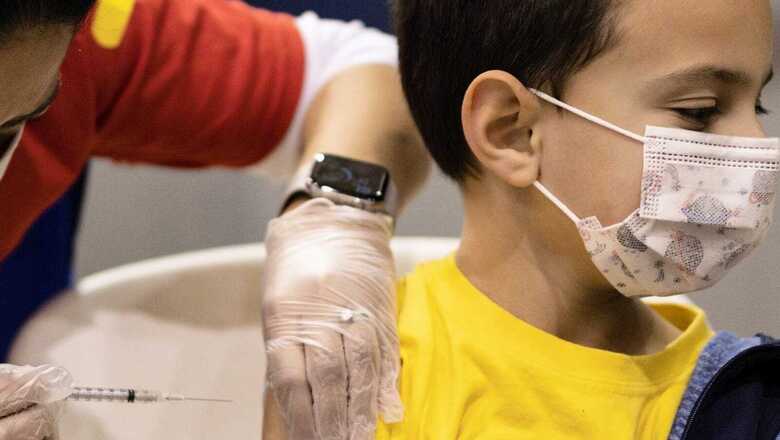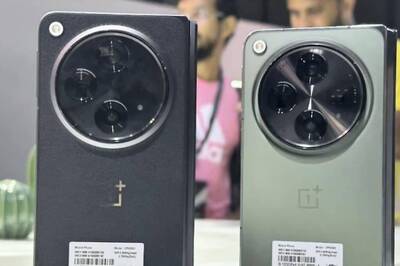
views
Government advisory panel NTAGI will meet on Thursday to review data on Covaxin and Corbevax vaccines for the 6-12 age group and also deliberate on reducing the gap between the second and precaution doses from the current nine to six months. The National Technical Advisory Group on Immunisation (NTAGI) will hold its meeting amid a fresh spike in Covid-19 cases in the country. Currently, those aged 12 years and above are vaccinated against Covid-19.
The agenda for the NTAGI's Standing Technical Sub-Committee (STSC) meeting includes a discussion on a study by the CMC Vellore on the feasibility of allowing a precaution dose of a Covid-19 vaccine separate from the one used for primary vaccination, the Covid burden in a pediatric population, and long-term safety of ZyCoV-D vaccine, official sources said. India's drug regulator in April had granted emergency use authorisation for Biological E's Covid-19 vaccine Corbevax for those aged five to 12 years and Bharat Biotech's Covaxin for children in the age group of six to 12 years.
The Covid Working Group of NTAGI which reviewed the findings of the Christian Medical College (CMC) Vellore study in May had found a lack of uniformity in results upon mixing jabs for booster shots. The study stated that the scientific evidence showed that administering a booster dose of Covishield after primary vaccination with Covaxin gives 6 to 10 times higher antibody levels as compared to when Covaxin is given as the precaution dose after a gap of six months after the primary schedule.
"However, the same advantage was not observed when Covaxin as a booster shot was given after two Covishield doses," an official source had told PTI. Considering programmatic challenges, it was decided that the matter would be discussed in the NTAGI's STSC meeting for final recommendation.
Also, the committee in its meeting held in May cited a lack of clear evidence of the benefit of reducing the interval between the last dose of the primary schedule and the protection dose. It felt that the studies presented for the session had valuable scientific information but were not helpful in taking a decision for the current policy question.
The ICMR was then asked to extract data from the National Vaccine Tracker Platform to determine the breakthrough infection rates at three, six, and nine months after completion of the primary schedule before the onset of the Omicron wave and overlapping with the Omicron wave. It was informed that there is no data available on the comparative effectiveness of booster/protection dose administered at six months versus nine months. Currently, all those above the age of 18 who have completed nine months after the administration of the second dose are eligible for the precaution dose.
The Union government last month allowed citizens and students travelling overseas to get the shot before the stipulated nine-month waiting period as required by the guidelines of the destination country.
Read all the Latest News , Breaking News , watch Top Videos and Live TV here.



















Comments
0 comment